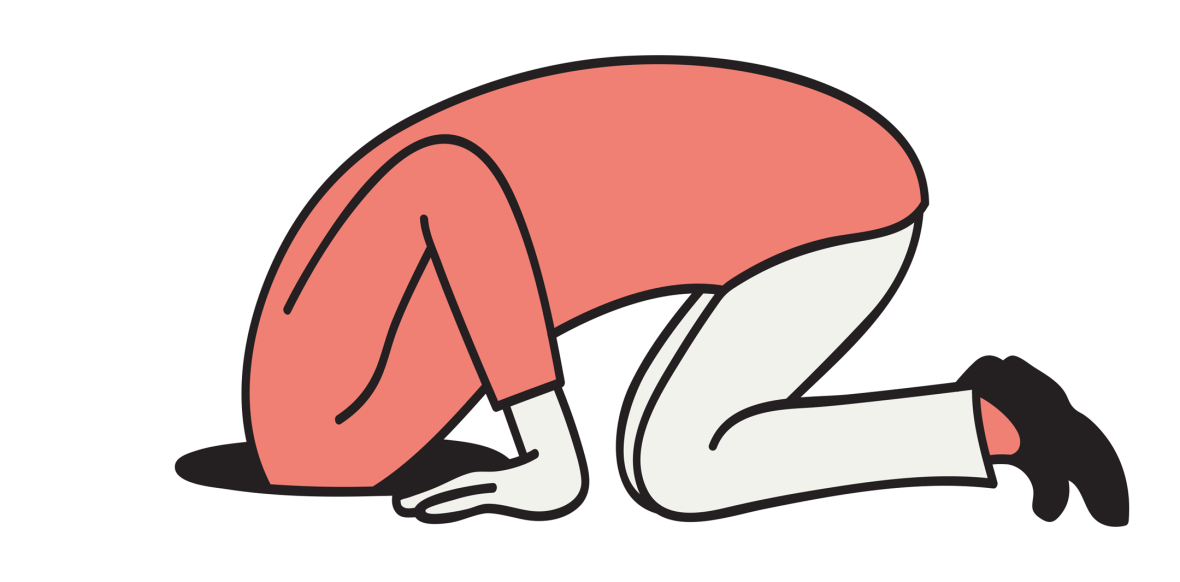
Curious worlds of work
“Fuckup Nights” – failure is part of success
People are happy to share success stories. But what about the ideas that have failed so spectacularly? An international event offers them a platform: on “Fuckup Nights”, founders report on their failures. With a touch of humour but completely seriously. That’s because failure should not be seen as a source of shame but as an opportunity. The movement started in Mexico and has now spread all over the world.
Source and photo: fuckupnights.com, Shutterstock
30.3 min
People can call themselves commuters if they don’t live directly above their office and have to venture beyond the limits of their residential area on their way to work. In Switzerland, this is the case for 3.9 million people. By comparison globally, Swiss journeys to work are relatively short: Mr and Mrs Swiss spend just 30.3 minutes getting to work by car, bus, train or by bike. In Japan, a commuting time of 39 minutes lies well below the global average of 69 minutes. The longest commute to work by bus and train is undertaken by workers in Israel: 97 minutes is how long it takes them to get to work on average.
Sources: Federal Statistical Office, statista.com
The workplace beats every online dating agency when it comes to finding love: one in seven people finds the love of their life at work, with a third of marriages beginning at the office.
Source: Tabloid press
How do you say “boss” in India?
The highest workplace in Europe is in Switzerland
Where water reaches its boiling point at 88 degrees Celsius, you will find the highest workplace in Switzerland: the restaurant on the Klein Matterhorn at 3883 metres above sea level. In the restaurant Matterhorn glacier paradise, the largely Asian clientele are spoilt as they enjoy the panoramic alpine view. It’s not an easy place to work as the air is thin on the Klein Matterhorn and the fluctuations in temperature are extreme.
Source: matterhornparadise.ch
“Thinking is the hardest work there is, which is probably the reason why so few engage in it.”
Offliners
Opposition to the Internet is growing: offliners are fighting against digitisation, its drivers and profiteers. They are seeking alternatives to the hyper-digital future and are committed to the democratisation of digitisation. In his book “Offliners”, Swiss future researcher Joël Luc Cachelin describes offliners and their alternative culture to counter digitisation.
Source: Joël Luc Cachelin, “Offliner – Die Gegenkultur der Digitalisierung” (only available in German), wissensfabrik.ch
Every year, an office worker visits the toilet an average of 1,008 times.
Source: Durchschnittliche.de
Holacracy – a model with a future?
A company managed in a holacratic way is defined by a circular structure, within which there is a clear distribution of roles and responsibilities. Roles are regularly redefined and are constantly adjusted to match the changing requirements of the company. All employees have equal worth and are responsible for their own actions. In short, this means that the principle of holacracy is “managing without a boss”. It was conceived by Brian Robertson, a software developer. Is it a model that should be taken seriously? It’s definitely an interesting approach to work structure within the context of new work.
Source: Wikipedia
In one year a full-time employee does 45 hours of overtime.

